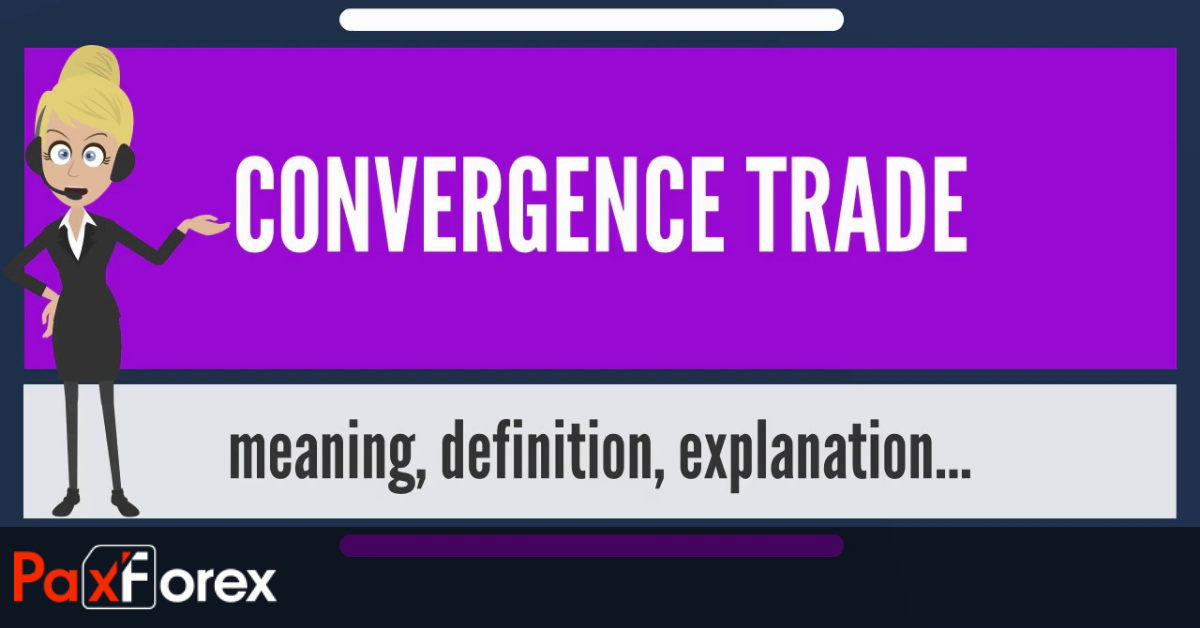
Convergence trading is the practice of buying securities with a future delivery date at a low price and selling similar securities, including those with a future delivery date, at a higher price. The aim is to converge the prices of securities, resulting in a profit.
What you need to know about convergence trade
Although convergence is based on the mispricing of securities (buying cheaper and selling for a bigger amount), the mispricing is often very small. They are often detected by computer programs that detect them much better than the human eye.
The biggest risk associated with trading convergences is that you always believe that the prices will come together. Although the strategy is often profitable, it is almost impossible to identify risks. Convergent trading uses high leverage to finance trades, and if the securities do not converge, you risk losing your capital.
Optimal Convergence Trade Strategy
Among the variety of strategies used the equity market neutral is the only convergence trading strategy that can credit its profits to the asset selection process. The ability to spot undervalued and overvalued stocks is what makes convergence trading a successful approach.
This is a type of hedge fund strategy that attempts to set an overall neutral stock market exposure.
The neutral equity market exposure is performed by taking long and short positions that exactly offset each other.
When the price relationship between the asset you bought and the asset you sold gets back to normal, a profit can be made.
At first glance, the convergence trading strategy may sound similar to the pairs trading strategy.
The difference between convergence trading vs. pair trading consists that pair trading works by speculating that two instruments will either diverge or converge in price.
Convergence trading as the name suggests only seeks to speculate that two instruments will converge in price.
Here is an example:
Let’s say an average Mark stock trader will speculate that A stock trading at $150 per share and B stock trading at $160 per share, for instance, will either converge or diverge when the trade is closed.
Divergence traders will like to see the prices of the two stocks diverge.
In this case, the spread between the two stocks will increase.
On the other hand, convergence traders will prefer to see the prices of the two stocks converge.
In other words, the spread will decrease.
The famous example of convergence trading
One major (and disastrous) example of statistical arbitraging was the convergence trades done by Long-Term Capital Management (LTCM).
The fundamental trade position covered by LTCM was based on the idea that 30-year Treasury bonds and 29.75-year Treasury bonds should be roughly the same price, discounted to the present.
LTCM was then hit by a financial tornado: when Russia defaulted on its bonds, there was a flight to quality, so investors started stuffing up U.S. Treasury Bonds (particularly, the 30-year kind). This drove to a price spike in the 30-year bonds - precisely what the LTCM traders didn't want. Remember, their whole arbitrage strategy was based on 30-year bonds declining in price as time went on, converging to the 29.75-year bond prices. Instead, they found themselves short 30-year bonds that were climbing ever higher in prices. The lenders who had given these bonds for the LTCM traders to short were calling them in, and so were the investors who knew LTCM's positions were now worthless.
And, as they say, the rest is history - the history of one of the largest collapses of a financial firm, all based on what was thought to be a "sure thing".
Summary
Convergence trading can be a good equity trading strategy to minimize natural risk, which is usually associated with all types of investment funds.
Hedge funds in conversion trading usually use complex algorithmic models to determine the assets` mispricings. Sometimes these mispricings are not visible to the naked eye, and it is better to count on more advanced tools to do the job for you.
Anyone can use the convergence trading hedge fund strategy if he follows a good well-organized approach including good selection models of undervalued stocks and overvalued stocks, doing profound technical and fundamental analysis and trade risk management.







